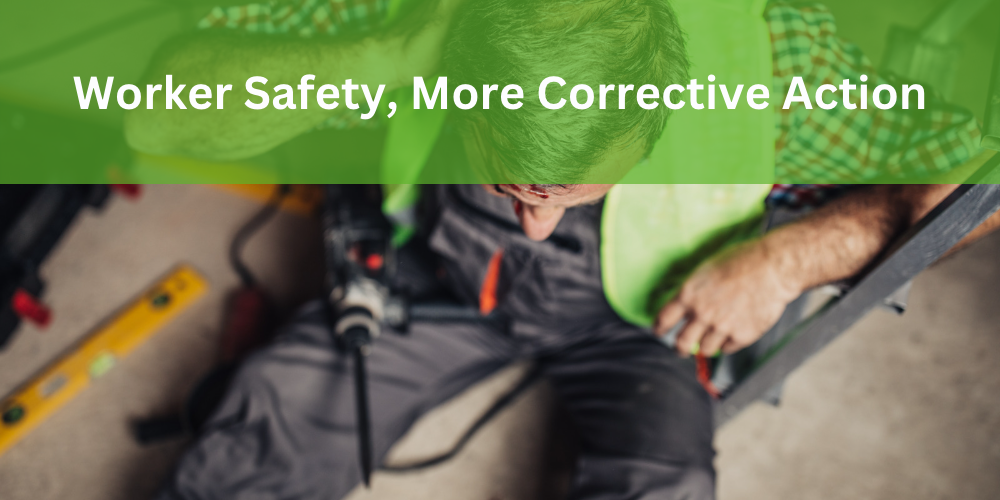In Worker Safety, Injury Causes, we will discuss the leading cause of injuries and death in the construction industry and ways to improve safety.
According to OSHA, falls are the leading cause of death in the construction industry, and many could have been prevented with the right safety equipment.
If an employee is injured or dies because of the absence of proper safety equipment, the negligent employer could go to prison or must pay large fines. Some fines have been in the hundreds of thousands of dollars and can put you out of business. As an employer, it is your responsibility to keep workers safe, educate and train them, implement safety controls, and provide safe equipment.
Being prepared is the best way to keep workers safe. Before anyone begins work, plan out the project, especially if workers will be working at heights. Think about these questions when creating job plans. What does the job entail? How will the workers get the job done safely? Is any special training needed? How many employees will you need to complete the job? What safety equipment is going to be required?
While estimating the job, think about what safety equipment and tools are needed to get the job done right, and be sure to include these considerations in the price. When walking the job site, think about every hazard you see, especially when there are heights. When the right tools and equipment are supplied, you ensure the job site is safe for workers and help prevent injuries and fatalities. Some of the safety items you may need include fall protection, ladders, scaffolds, and safety gear. You may even want to consider using personal fall arrest systems (PFAS) when working on roofs or heights. Some states require using PFAS protection (harnesses, webbing, connectors, lifelines, anchors, etc.), so be sure to check your local and state laws, regulations, and employer responsibilities.
Train all your employees on how to set up, attach, secure, and operate equipment. Make sure the workers are trained and required to check equipment regularly. This will help make certain the equipment is properly working. When unsafe equipment or conditions are discovered, corrective action must be taken. Workers must take safety seriously or else face serious consequences. Check your local and state laws for more guidance with rules and regulations.
Hold safety meetings on a weekly or monthly basis. This will re-enforce the importance of job site safety and help to minimize or eliminate falls. You may also want to contact your insurance carrier. Some insurers provide Risk Control Services and can assist employers in implementing a formal safety program. Also, visit the United States Department of Labor - Occupational Safety and Health Administration (OSHA) website. There is plenty of information that includes training, safety material, brochures and posters for job site safety. Remember, it's the law to protect your employees from injuries or death.
Even though it has an "occurrence" limit, the sub-limits have had a drastic impact. In this instance, Acme would be left to handle $475,000 in losses that wouldn't be paid by the policy.
Because of the existence and the impact of different types of limits, you should be certain of exactly what your policies provide. An insurance professional is just the person to contact to discuss this very important issue.



Comments